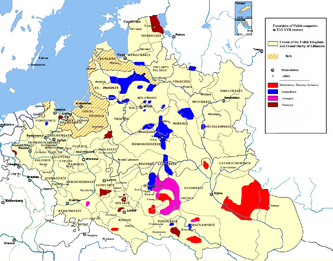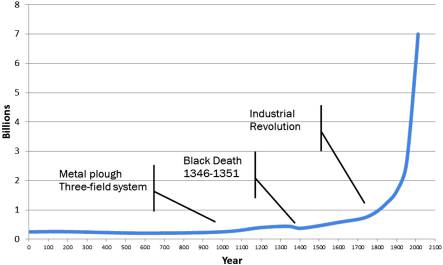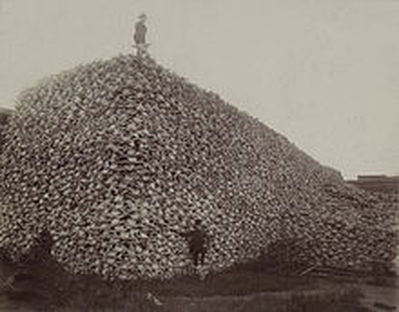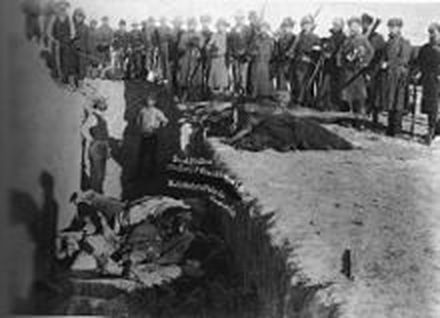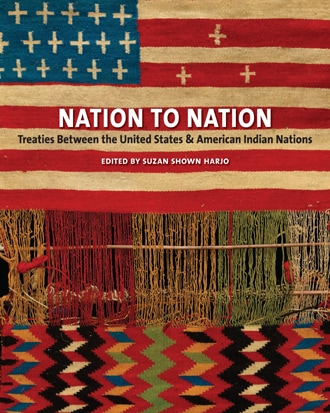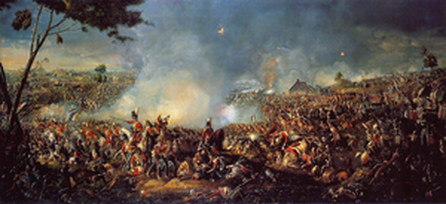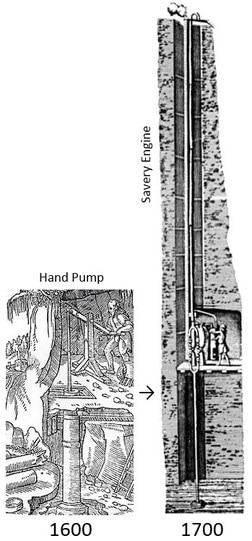Why Did 70,000,000 Europeans Emigrate from 1820-1920
|
Transformation of Agriculture
|
European Population Explosion |
Near Extermination of the Indigenous Population of two Continents
76,000,000 lives
Appropriation of Indigenous Land, Resources and Crops
Treaties between the federal government and Native Nations rest at the heart of American history, yet most Americans know little about them. In Nation to Nation, thirty-one essays and interviews from the country’s foremost scholars of Native history and law explore the significance of the diplomacy, promises, and betrayals involved in two hundred years of treaty making between the United States and Native Nations, as one side sought to own the riches of North America and the other struggled to hold on to its homelands and ways of life. http://nmai.si.edu/store/books-and-products/#4003
|
Monoculture versus Polyculture
Since A.D. 1492 the world has increased its population 4-5 times and doubled between 1650-1850. Many scholars have proposed a variety of causal factors, but the increase and improvement of the food supply is clearly the most important factor in population explosions since the beginning of the Columbian Exchange. It is also clear that the addition of Native American food plants is the most significant change for that world food supply. http://www2.palomar.edu/users/scrouthamel/maize.htm Table I: Average crop yields of English farms in the 18th century Average Yield per Acre Energy Value of Crop . Bushels Kilograms Megajoules Acres of land Wheat 23 650 8,900 1.70 Barley 32 820 11,400 1.40 Oats 38 690 9,300 1.60 Potatoes 427 10,900 31,900 .50 Notes : Data are from 18th century England, recorded in Young's (1771, p. 20) The Farmer's Tour through the East of England Volume 4; reproduced in Davidson et al . (1975). The history of the potato provides a grim warning of the need to maintain genetic diversity in our staple food crops. In the 19th century, Ireland was heavily reliant on only a few varieties of potato, and those types contained no resistance to the devastating disease known as late blight. When late blight destroyed the 1845-1846 potato crop, widespread famine followed. An estimated one million people starved to death and more than a million were forced to migrate abroad. To combat pests and diseases, increase yields, and sustain production on marginal lands, today's potato-based agricultural systems need a continuous supply of new varieties. That requires access to the entire potato gene pool. But potato biodiversity is under threat: ancient varieties cultivated by Andean peoples for millennia have been lost to diseases, climate change and social upheaval. http://www.fao.org/potato-2008/en/potato/biodiversity.html https://www.washingtonpost.com/news/wonk/wp/2015/12/04/the-worlds-most-popular-banana-could-go-extinct/?utm_term=.50900186844f |
The End of the Napoleonic Wars From Wind and Water to Steam and Coal
|
The Napoleonic Wars changed the landscape of war, politics and national borders....
Warfare, which was previously treated as more of a sport between kings, increased dramatically in scope. Previously, armies of 30,000 were considered large, but by the end of these wars around 1815, armies of 500,000 had been fielded, and more than 3 million Frenchmen had been involved in the war. At Leipzig alone, nearly 150,000 men were killed or wounded. https://www.reference.com/history/impact-napoleonic-wars-c55be3b3d62f37d8# |
A physical comparison between a 1600 hand pump, previously used to remove water from flooded mines, and the mechanical Savery engine (aka Miner's friend) able to remove water from far greater depths, effortlessly.
|
